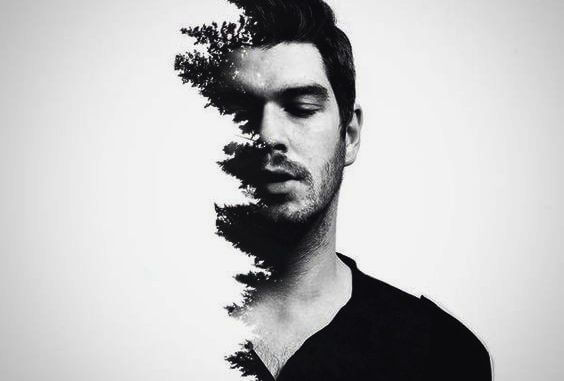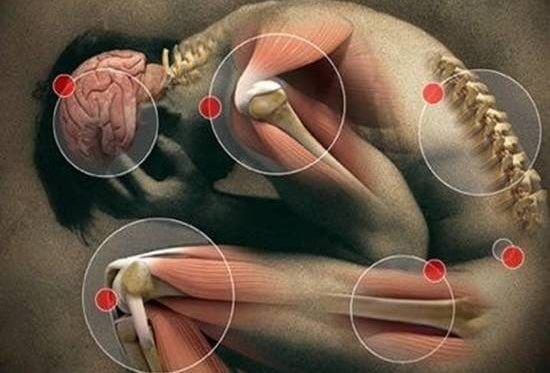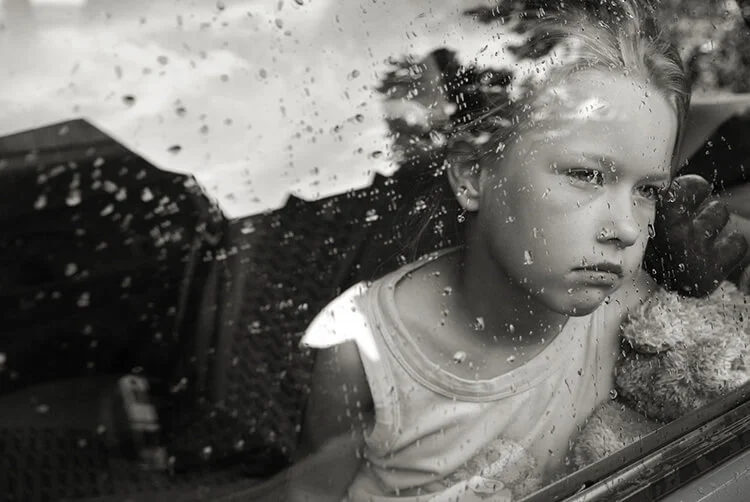We live in a society where chronic disease remains invisible . We speak of realities as hard as fibromyalgia, which is for many that imaginary ailment with which one justifies his work absences. We have to change mentalities: there is no need for a wound that we can see so that the suffering is authentic.
Chronically socially invisible diseases (ECSI), according to data from the “World Health Organization” (WHO), account for almost 80% of current ailments. We speak, for example, about mental illnesses, cancer, lupus, diabetes , migraines, rheumatism, fibromyalgia … debilitating illnesses for those who suffer from them and that also forces sick people to face a society too used to judge without knowing.
“At the end of the day we can stand much more than we think”
-Frida Khalo-
Living with a chronic illness means, in turn, making a journey as slow as lonely. The first part of this journey is the search for a definitive diagnosis for “everything that happens to me”. Is not easy. In fact, it can take years until the person finally manages to name what inhabits his body . Later, after having assumed the disease, the most complex thing arrives: finding dignity , quality of life with pain as a traveling companion.
If we add social incomprehension and lack of sensitivity, we will understand why depression is sometimes added to the primary disease . On the other hand, do not forget that a good part of those affected by chronic diseases are children.
It is a relevant issue and with depth in society on which to reflect.

I have a chronic illness that you do not see, but that is real
Many people affected by a chronic illness sometimes feel the need to carry a sign . A label with very large letters that explain what happens to them, so that the rest understand it. To better understand this reality we will give you an example.
María is 20 years old and goes to school by car. Park in the space for the disabled. Later, he takes an umbrella to enter his classroom. One day, he sees his shared image on social networks . People make fun of her because she is eccentric, because she walks in an umbrella. In addition, they insult her because she has the “big face” of parking in the handicapped area looking so good: two legs, two arms, two eyes and a beautiful face ..
Now, days later, María is forced to talk with her university classmates: she has lupus. The sun reactivates his illness and also carries two prostheses in the hips. His illness is not visible to the eye, but it is there, changing his life, challenging him every day to be stronger, more courageous .
Now … How to live without being continually describing your pain, without supporting at every step the faces of skepticism or compassion?

Maria does not want to say at every moment what happens to her. Do not want special treatment, just want respect, understanding. Be normal in a world where the particular is reified. Because “if one is sick, it must be noticed, it must be seen and be able to be pointed out”.

Migraines, pain in the shadowMigraines are not a simple headache, it is a brain nightmare that makes me fear light, strong smells … That forces me to seek silence.
The invisible diseases and the emotional world
The degree of incapacitation of each chronic disease varies from person to person . There will be those who have more autonomy , and there will also be those who, on their part, can be more or less functional depending on the day. In this last case, the person will have instants in which the disease catches him and moments in which, without knowing why, he feels a more free of the disease.
There is a non-profit organization called ” Invisible Disabilities Association ” (IDA). Its function is to educate and connect the person with an “invisible disease” with their closest environment and with society itself. Something that makes clear from this association is that living with a chronic ailment is a problem, even in the family or school environment.

Many adolescent patients, for example, sometimes receive reproaches from their environment because they believe they use their illness to not fulfill their obligations . His tiredness is not due to laziness. Your pain is not an excuse for not going to school or not doing your homework . This type of situations are those that can gradually end up disconnecting the person from their reality until it becomes, if possible, even more invisible.
The importance of being strong emotionally
No one has chosen their migraines, their lupus, their bipolar disorder … Far from giving up on what life has liked to offer, there is only one option. To assume, to fight, to be assertive, to get up every day in spite of pain or fear.
- A chronic disease implies having to assume many peculiarities that accompany it. One of them is accepting that we will be judged at some point. We have to prepare ourselves with adequate coping strategies .
- We should not hesitate to say what happens to us, to define our disease . The invisible must be made visible so that those around us become aware . There will be days that we can with everything and moments when everything can. However, we remain the same.
- We must also be able to defend our rights. Both at the job level, as in the case of children in educational centers.
- Neurologists, rheumatologists and psychiatrists recommend something essential: movement. You have to move with life and get up every morning . Although pain makes us captive, we must remember one thing. If we stop there comes darkness , negative emotions and depression …

To conclude, one thing we must be clear about is that those affected by chronic socially invisible diseases do not need our compassion. Nor that we give them a favorable treatment. The only thing they demand is empathy, respectful consideration … Because sometimes, the most intense, wonderful or devastating things, such as love or pain, are invisible to the eyes.



